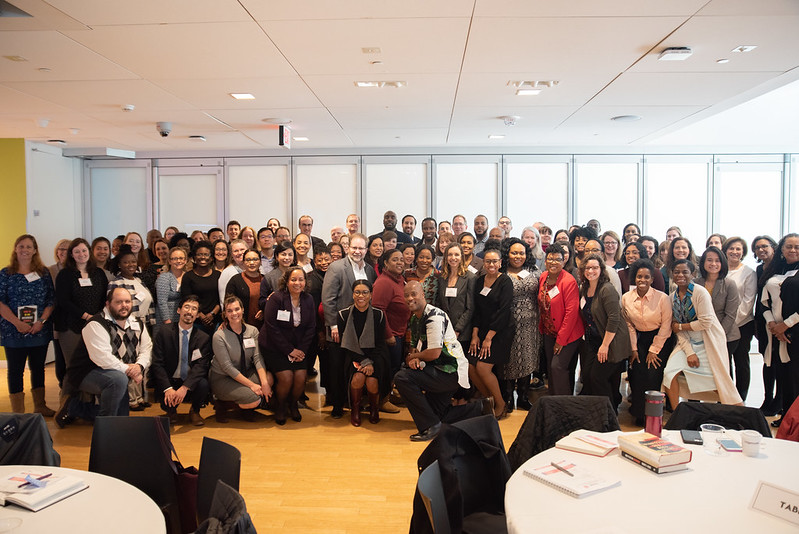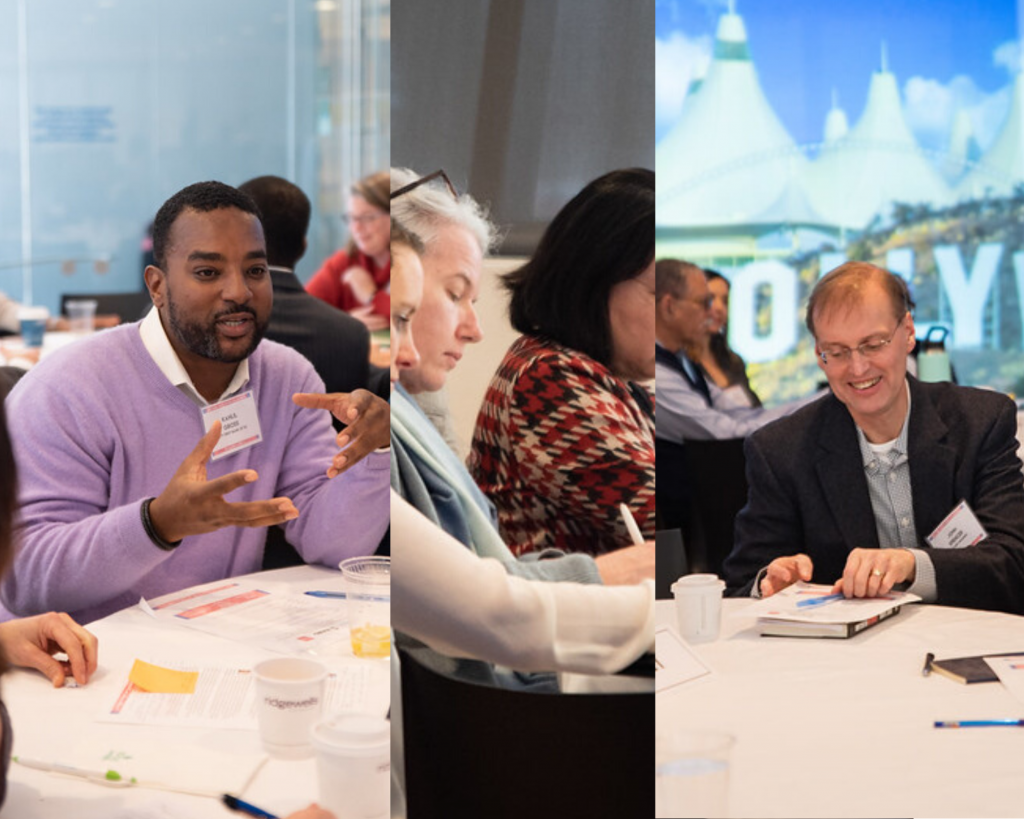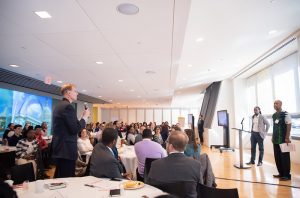April 5, 2020
 HAND members are working day in and day out to address the growing housing affordability challenge across the Capital Region. Five Minutes With is a series highlighting these individuals and organizations within our membership. This informal conversation asks HAND members about their recent projects, the affordable housing industry and more. In the latest edition, we chat with Moha Thakur, Public Engagement and Policy Associate for National Housing Trust (NHT).
HAND members are working day in and day out to address the growing housing affordability challenge across the Capital Region. Five Minutes With is a series highlighting these individuals and organizations within our membership. This informal conversation asks HAND members about their recent projects, the affordable housing industry and more. In the latest edition, we chat with Moha Thakur, Public Engagement and Policy Associate for National Housing Trust (NHT).
Moha first joined NHT in 2018. In her role, she focuses on state and federal public policy initiatives to preserve affordable housing and create sustainable, vibrant communities for low-income families with the goal of providing tailored policy recommendations based on best practices from around the country.
Most recently, she helped develop a housing policy framework designed to preserve existing subsidized and naturally occurring affordable housing in San Diego and contributed to a feasibility study on the creation of a naturally occurring affordable housing preservation fund in Houston. Her next project is with the City of Falls Church and will focus on updating their Affordable Housing Preservation Study. She also coordinates NHT’s policy work in D.C, focusing on the impact of policies and programs on the preservation of affordable housing in the District.
Moha was also a part of the Where Will We Live? campaign team, where she traveled around the country interviewing residents, property staff and community leaders on their lives, perspectives and what affordable housing means to them and the important role it’s played in both their lives and that of their community. As the National Housing Trust wraps up its two-year campaign, we spoke to Moha about Where Will We Live? and the storytelling toolkit, and what she hopes those in the affordable housing and community development industry can learn from it.
Check out our conversation here:
HAND: Tell us a little about your journey. How did you land in the affordable housing and community development industry?
MT: I’m originally from Canberra, Australia. I moved to Washington, D.C. in the summer of 2016 to start my Master of Public Policy at the McCourt School at Georgetown University. I didn’t know how long I’d be in D.C. and so I took the time to learn more about the city while I had the opportunity. In my time at McCourt I was a part of the Policy Innovation Lab and along with classes in Urban Policy and Law, Community Development Policy and Land Use and Zoning, I realized and pursued my interest in urban policy focused around housing and the often-overlooked importance of this vital piece of infrastructure.
The racial and social dynamics in Australia are very different to the US, and in learning and understanding what these were and how they have materialized in the housing and community development space, I wanted to continue my professional career in Washington, D.C. and work towards making an impact in local communities around the country. In my second year at McCourt, I was offered an opportunity to intern at the National Housing Trust, a non-profit organization that is committed to the preservation of affordable housing through policy, real estate development, lending and energy efficiency solutions. That internship turned into a full-time job after I graduated, and I’ve never looked back!
HAND: What does this work mean to you?
MT: The work I’ve done with NHT has been incredibly meaningful. It’s been really exciting to learn about the field of affordable housing and to seek out opportunities within the organization to support and advocate for affordable housing from a number of angles. Throughout the 2020 Democratic Presidential nomination process, housing has been highlighted as an important issue and knowing that NHT is making such an impact on people’s lives around the country has been rewarding. Whether it’s walking the halls of Congress and meeting with congressional committee staff on appropriations, to being invited into someone’s home to learn about their often heartbreaking experience of homelessness and how they have created a home for themselves now in affordable housing, or speaking to fellow advocates and city officials who are trying to make their communities a better place, there are so many ways to make an impact in this field and to learn from others. I feel like in my two and half years I’ve only seen the tip of the iceberg.
HAND: Earlier this year NHT launched the Where Will We Live? Storytelling Toolkit. Can you provide a little background on the campaign and why this toolkit is important for our industry?
MT: As part of supporting the federal advocacy work of NHT, I worked on our Where Will We Live campaign. Where Will We Live? is a storytelling campaign launched by the National Housing Trust and Enterprise Community Partners in 2017 in response to the threat that federal funding for affordable housing would be halted. There were two goals in mind when we started this campaign: break down barriers and misconceptions by shifting the narrative around affordable housing, and uplift resident voices to the forefront of the conversation. My role was to build and maintain a network of regional alliances across the US, with the goal of increasing civic engagement among residents of affordable housing. Through this work, we interviewed more than 160 low-income residents across the country and shared their stories with congressional members, housing advocates and cross-sector allies to highlight the necessity of federal funding for affordable housing programs through the Department of Housing and Urban Development. Through this campaign, we were trying to personalize these stories, and show that these were not just facts, numbers and figures we were presenting; these were the constituents of members of Congress and members of our communities who need access to affordable housing in order to live.
The storytelling toolkit includes lessons learned from the campaign that other organizations can use to integrate their resident stories into their own communications efforts. Storytelling is a powerful tool, and when done well can enact social change. We hope that other housing advocates can join us in this effort.
HAND: What do you think are some of the most important takeaways from the toolkit?
MT: There is a lot of helpful information there, but the key takeaways would be to clearly identify your audience and define your key message. I would also say a really simple, and practical tip, is the guidance on how to contact a property manager to conduct an interview with residents.
HAND: What is your greatest hope for the toolkit over the coming months?
MT: We hope that our colleagues who work in housing communications or policy and advocacy can use this guide to keep our residents’ voices to the forefront of the conversation when we advocate for affordable housing. It’s important for us to always remember that these are the people we are serving in our work each day, and it’s their basic needs that we should strive to meet in ensuring that there is adequate funding and affordable housing stock around the country. Through sharing their stories and raising their voices, they can be the loudest advocates in increasing funding and support for affordable housing around the country.
I’d be remiss to not mention that this toolkit, while created and used by NHT in the affordable housing field, is a vital resource that can be used in any advocacy work in any field – be it education, health care, disability rights, or immigration. Reframing the narrative to highlight the voices of individuals who typically lack access to the decision-making process on housing is one long term goal that we hope the toolkit can achieve.
HAND: Do you believe there is a “secret sauce” to addressing housing affordability? If so, what do you think that is?
MT: If my travels and interviews with residents through the Where Will We Live? campaign taught me anything, it’s that housing instability is extremely common in this country and it could happen to anyone. I hope the idea that any of us might one day need these resources generates compassion and empathy and empowers advocates and policymakers to push for big ideas to address the affordability issues faced by so many in our communities.
HAND: If you weren’t working in this industry, what might you be doing?
MT: I’m not sure what I’d be doing if I wasn’t in the affordable housing or community development industry – my life has changed a lot in the last five years so there are a lot of what-ifs or turning points that I could look to. Maybe I’d still be in Australia!
I feel incredibly privileged to have found this path, to have been able to move to Washington, D.C. and learn so much about the culture of this country and this city that I’m now truly starting to call home. In addition to that, I’m grateful to have the chance to contribute to the work of our fellow housing and community development organizations in supporting people struggling with affordable housing access.
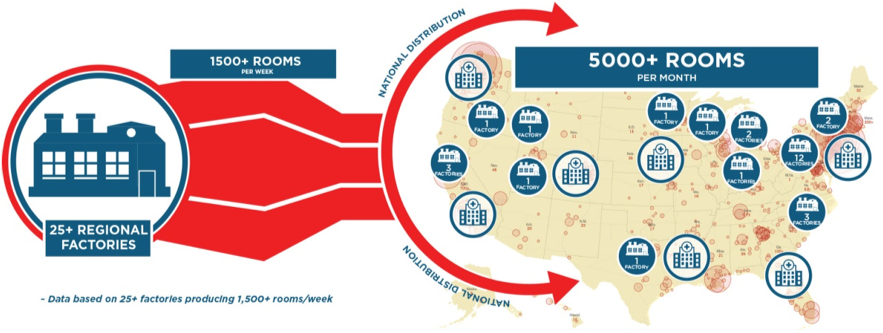


 “This training is so greatly needed. I have been engaged in the racial equity space formally for about 9 months. I consider it a great privilege to now have the opportunity to learn about it specifically within the affordable housing field with my colleagues. It is desperately needed training throughout the field and I am so grateful to HAND for providing it on this large scale in such a well done manner.”
“This training is so greatly needed. I have been engaged in the racial equity space formally for about 9 months. I consider it a great privilege to now have the opportunity to learn about it specifically within the affordable housing field with my colleagues. It is desperately needed training throughout the field and I am so grateful to HAND for providing it on this large scale in such a well done manner.” “The breakout sessions were fantastic…my group had a wide mix of disciplines, race and gender, and levels within organizations that it was a really great opportunity to gain
“The breakout sessions were fantastic…my group had a wide mix of disciplines, race and gender, and levels within organizations that it was a really great opportunity to gain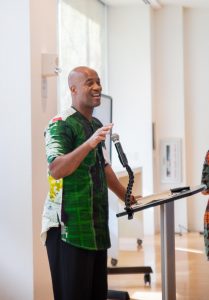 “As I reflect on this moment, I am clear as you are that there was a crisis or many crises before this one. The issues of racial inequity and racial violence and racial injustice that we see in our communities, and that our major systems exact on the most vulnerable people in many cases in our communities all that existed prior to COVID-19. What COVID-19 has done is ripped the veil away, it has shined a brighter light on these issues, it has exacerbated in many ways racial inequity. The flip is also true – racial inequality and racial inequity is exacerbated by COVID-19.”
“As I reflect on this moment, I am clear as you are that there was a crisis or many crises before this one. The issues of racial inequity and racial violence and racial injustice that we see in our communities, and that our major systems exact on the most vulnerable people in many cases in our communities all that existed prior to COVID-19. What COVID-19 has done is ripped the veil away, it has shined a brighter light on these issues, it has exacerbated in many ways racial inequity. The flip is also true – racial inequality and racial inequity is exacerbated by COVID-19.”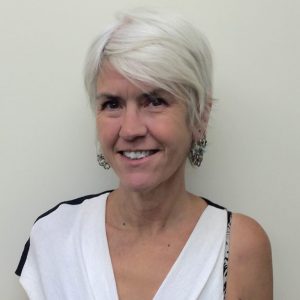 On the importance of having a shared definition:
On the importance of having a shared definition:
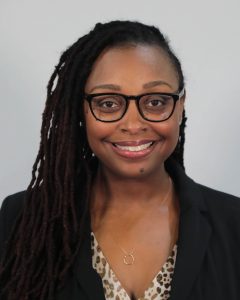 The COVID-19 pandemic has brought more attention to the field of public health. Every day, people are seeing and hearing from epidemiologists, clinicians, laboratory scientists, researchers and more. While the spotlight is on the field, we should seize this moment to bring national attention to our greatest imperative: reducing health disparities and advancing
The COVID-19 pandemic has brought more attention to the field of public health. Every day, people are seeing and hearing from epidemiologists, clinicians, laboratory scientists, researchers and more. While the spotlight is on the field, we should seize this moment to bring national attention to our greatest imperative: reducing health disparities and advancing 
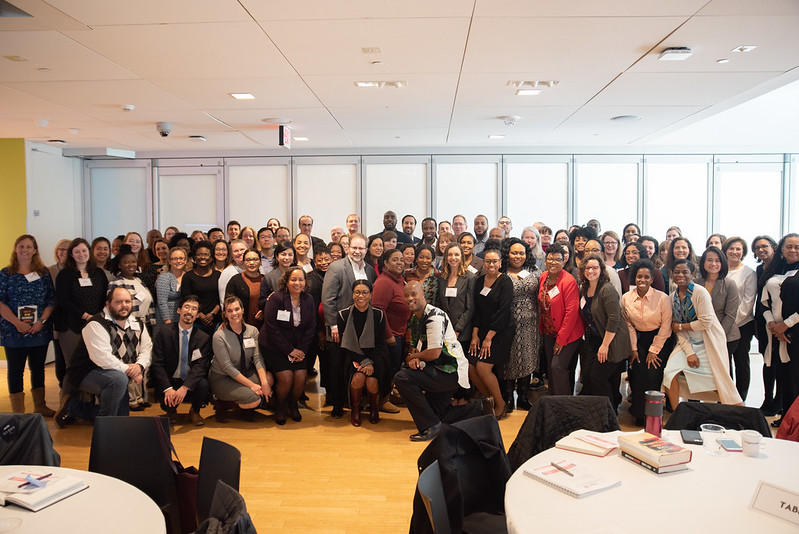

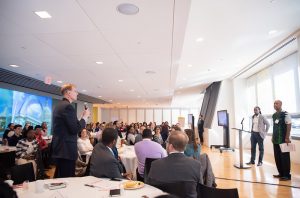 look very bleak and overwhelming and it feels like people will never change enough to solve the problems we’re facing. Especially when you consider how long we’ve been dealing with them. What also struck me was his knowledge of how these issues present themselves globally. It reaffirms the common denominator I see in most effective change agents and that’s that they eventually approach these issues from a global perspective…or at least understand them from that perspective.
look very bleak and overwhelming and it feels like people will never change enough to solve the problems we’re facing. Especially when you consider how long we’ve been dealing with them. What also struck me was his knowledge of how these issues present themselves globally. It reaffirms the common denominator I see in most effective change agents and that’s that they eventually approach these issues from a global perspective…or at least understand them from that perspective. itself as a collection of racist policies that lead to racial inequity and are substantiated by racist ideas.”
itself as a collection of racist policies that lead to racial inequity and are substantiated by racist ideas.”
 HAND members are working day in and day out to address the growing housing affordability challenge across the Capital Region. Five Minutes With is a series highlighting these individuals and organizations within our membership. This informal conversation asks HAND members about their recent projects, the affordable housing industry and more. In the latest edition, we chat with Moha Thakur, Public Engagement and Policy Associate for
HAND members are working day in and day out to address the growing housing affordability challenge across the Capital Region. Five Minutes With is a series highlighting these individuals and organizations within our membership. This informal conversation asks HAND members about their recent projects, the affordable housing industry and more. In the latest edition, we chat with Moha Thakur, Public Engagement and Policy Associate for 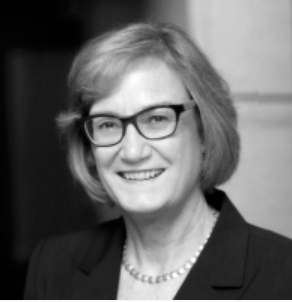 Carol Galante, Faculty Director of the Terner Center for Housing Innovation and I. Donald Terner Distinguished Professor of Affordable Housing and Urban Policy at the University of California, Berkeley recently published “Lessons from the Great Recession for Today: Housing Aid Now!,” in which she shares how we can apply lessons from our past experiences to our current experience with COVID-19. The below is an excerpt from her piece:
Carol Galante, Faculty Director of the Terner Center for Housing Innovation and I. Donald Terner Distinguished Professor of Affordable Housing and Urban Policy at the University of California, Berkeley recently published “Lessons from the Great Recession for Today: Housing Aid Now!,” in which she shares how we can apply lessons from our past experiences to our current experience with COVID-19. The below is an excerpt from her piece: 